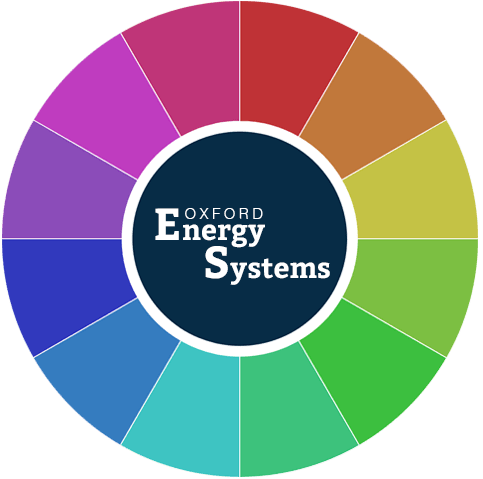The energy world is shifting dramatically before our eyes, says the IEA

World Energy Outlook 2022 shows the global energy crisis can be an historic turning point toward a cleaner and more secure future.
The global energy crisis triggered by Russia’s invasion of Ukraine is causing profound and long-lasting changes that have the potential to hasten the transition to a more sustainable and secure energy system, according to the latest edition of the IEA’s World Energy Outlook.
Today’s energy crisis is delivering a shock of unprecedented breadth and complexity. The biggest tremors have been felt in the markets for natural gas, coal and electricity – with significant turmoil in oil markets as well, necessitating two oil stock releases of unparalleled scale by IEA member countries to avoid even more severe disruptions. With unrelenting geopolitical and economic concerns, energy markets remain extremely vulnerable, and the crisis is a reminder of the fragility and unsustainability of the current global energy system, the World Energy Outlook 2022 (WEO) warns.
The WEO’s analysis finds scant evidence to support claims from some quarters that climate policies and net zero commitments contributed to the run-up in energy prices. In the most affected regions, higher shares of renewables were correlated with lower electricity prices – and more efficient homes and electrified heat have provided an important buffer for some consumers, albeit far from enough. The heaviest burden is falling on poorer households where a larger share of income is spent on energy.
Alongside short-term measures to try to shield consumers from the impacts of the crisis, many governments are now taking longer-term steps. Some are seeking to increase or diversify oil and gas supplies, and many are looking to accelerate structural changes. The most notable responses include the US Inflation Reduction Act, the EU’s Fit for 55 package and REPowerEU, Japan’s Green Transformation (GX) programme, Korea’s aim to increase the share of nuclear and renewables in its energy mix, and ambitious clean energy targets in China and India.
In the WEO’s Stated Policies Scenario, which is based on the latest policy settings worldwide, these new measures help propel global clean energy investment to more than USD 2 trillion a year by 2030, a rise of more than 50% from today. As markets rebalance in this scenario, the upside for coal from today’s crisis is temporary as renewables, supported by nuclear power, see sustained gains. As a result, a high point for global emissions is reached in 2025. At the same time, international energy markets undergo a profound reorientation in the 2020s as countries adjust to the rupture of Russia-Europe flows.
“Energy markets and policies have changed as a result of Russia’s invasion of Ukraine, not just for the time being, but for decades to come,” said IEA Executive Director Fatih Birol. “Even with today’s policy settings, the energy world is shifting dramatically before our eyes. Government responses around the world promise to make this a historic and definitive turning point towards a cleaner, more affordable and more secure energy system.”
Read the full article here on the IEA website
Other news stories
Associated people

Malcolm McCulloch
View Malcolm's details

